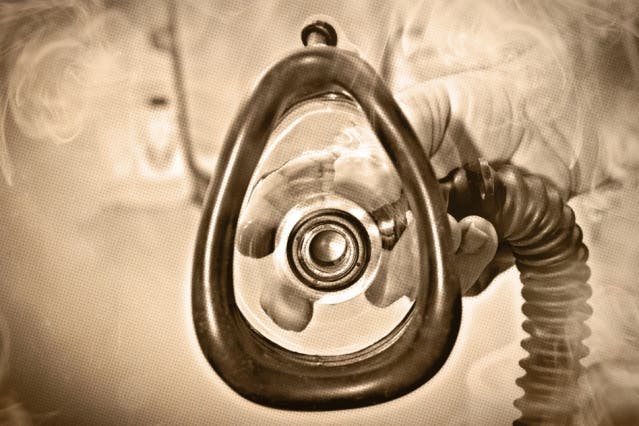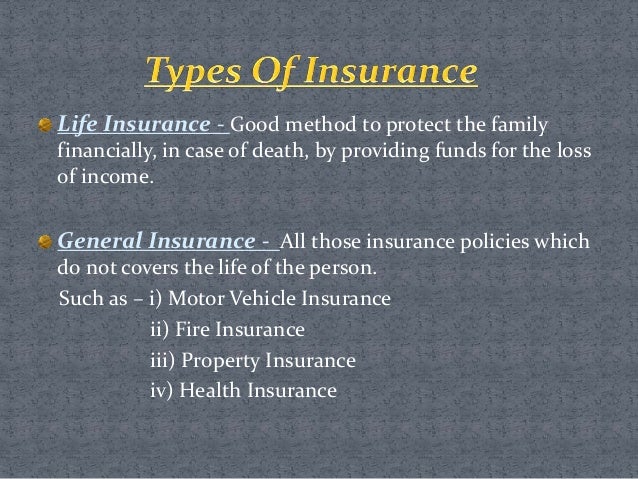Everest's Fastest Ascent? The Dangers Of Anesthetic Gas

Table of Contents
The Alluring Prospect of Accelerated Ascent with Anesthetic Gas
Climbing Everest presents immense physiological challenges. The extreme altitude leads to hypoxia (lack of oxygen), causing altitude sickness with symptoms ranging from headaches and nausea to life-threatening High Altitude Pulmonary Edema (HAPE) and High Altitude Cerebral Edema (HACE). Acclimatization, a gradual adjustment to the decreasing oxygen levels, is crucial, often taking weeks. Theoretically, anesthetic gas could lessen the perceived effects of altitude sickness by dulling the body's response to hypoxia, potentially allowing for faster ascents. However, concrete scientific evidence supporting this claim is lacking. Anecdotal evidence, if any, is unreliable and should not be used to justify such a dangerous practice.
- Reduced fatigue: The perceived reduction in altitude sickness symptoms might lead to less fatigue, enabling climbers to ascend faster.
- Faster climbing speeds: This could result in a significantly reduced overall climbing time.
- Potential time savings: A faster ascent translates into a shorter overall expedition, potentially reducing costs and logistical complexities.
The Grave Risks Associated with Anesthetic Gas at High Altitude
The use of anesthetic gas at high altitudes is incredibly dangerous. In the already hypoxic environment of Everest, the added respiratory depressant effects of anesthetic gases could be catastrophic. The thin air already limits oxygen uptake; introducing a substance that further depresses respiration is a recipe for disaster.
- Respiratory depression: Anesthetic gases can significantly reduce breathing rate and depth, leading to dangerously low blood oxygen levels.
- Impaired judgment and decision-making: The effects of anesthetic gases can cloud judgment, increasing the risk of making poor decisions in a challenging environment.
- Increased risk of falls and accidents: Impaired cognitive function and physical coordination significantly increase the likelihood of fatal falls and accidents.
- Cardiovascular complications: The strain on the cardiovascular system at high altitude is already extreme. Anesthetic gases can further exacerbate this stress, potentially leading to heart failure.
The lack of readily available medical resources and the difficulty of evacuating someone from Everest make the consequences of any mishap particularly severe. The ethical implications of using potentially lethal substances in an already risky environment are deeply concerning.
Alternative Strategies for Safe and Efficient Everest Ascents
Instead of relying on risky shortcuts, proven methods ensure a safer and more efficient Everest ascent. Responsible climbing prioritizes acclimatization and minimizes risk.
- Gradual ascent: Ascending slowly allows the body to adjust to the changing oxygen levels, minimizing the risk of altitude sickness.
- Proper acclimatization techniques: This includes spending time at progressively higher altitudes, allowing for adequate rest and recovery.
- Experienced Sherpa support: Experienced Sherpas provide invaluable assistance, navigating challenging terrain and offering crucial support.
- Adequate oxygen supplementation: Supplemental oxygen can significantly reduce the effects of hypoxia, making the ascent safer and less strenuous.
These established methods, coupled with proper training, physical fitness, and experienced guides, are far safer and more effective than any alleged benefit of using anesthetic gas.
The Ethical Debate: Speed vs. Safety on Everest
The pursuit of speed on Everest raises critical ethical questions. Prioritizing speed over safety disregards the inherent risks and the well-being of climbers and support staff. Expedition organizers have a responsibility to ensure the safety of their teams. Pushing climbers to attempt dangerous shortcuts for the sake of breaking records is irresponsible and potentially unethical.
The impact extends beyond individual climbers. Such practices can strain the fragile mountain environment and place undue burden on the Sherpa community, who already bear significant risks in supporting expeditions. Legal ramifications may also arise from negligent behavior and violation of safety regulations.
Conclusion: Prioritizing Safety Over Speed on Everest – The Dangers of Anesthetic Gas Remain
The use of anesthetic gas on Everest presents unacceptable risks, outweighing any potential benefits of a faster ascent. Respiratory depression, impaired judgment, and increased risk of accidents are just some of the dangers. Established acclimatization techniques, proper training, and experienced support are far superior and safer approaches. Let's champion responsible and ethical Everest ascents, rejecting the dangerous allure of shortcuts like anesthetic gas and prioritizing the safety and well-being of all involved. Prioritize safety, choose responsible climbing practices, and experience the majesty of Everest without unnecessary risk. Choose a safe and ethical Everest ascent – avoid the dangers of anesthetic gas.

Featured Posts
-
 Central London Welcomes Lindt Chocolate Paradise
May 15, 2025
Central London Welcomes Lindt Chocolate Paradise
May 15, 2025 -
 Are Bmw And Porsche Losing Ground In China A Look At Market Share
May 15, 2025
Are Bmw And Porsche Losing Ground In China A Look At Market Share
May 15, 2025 -
 Nhl 25s Arcade Mode Release Date Gameplay Details And More
May 15, 2025
Nhl 25s Arcade Mode Release Date Gameplay Details And More
May 15, 2025 -
 Kuzey Kibris Gastronomisi Itb Berlin De Bueyuek Basari
May 15, 2025
Kuzey Kibris Gastronomisi Itb Berlin De Bueyuek Basari
May 15, 2025 -
 Ind As 117 And The Future Of Insurance In India
May 15, 2025
Ind As 117 And The Future Of Insurance In India
May 15, 2025
